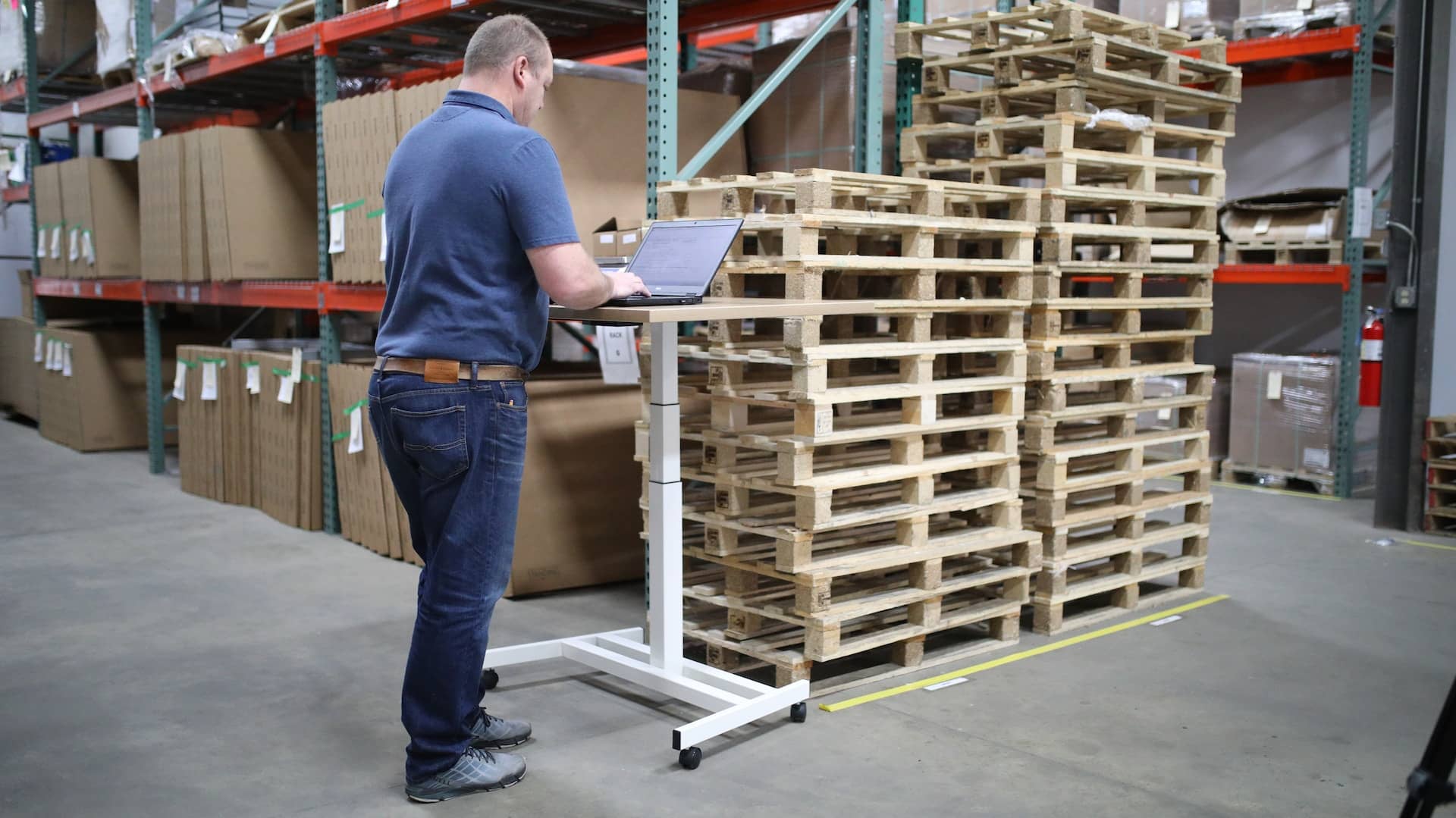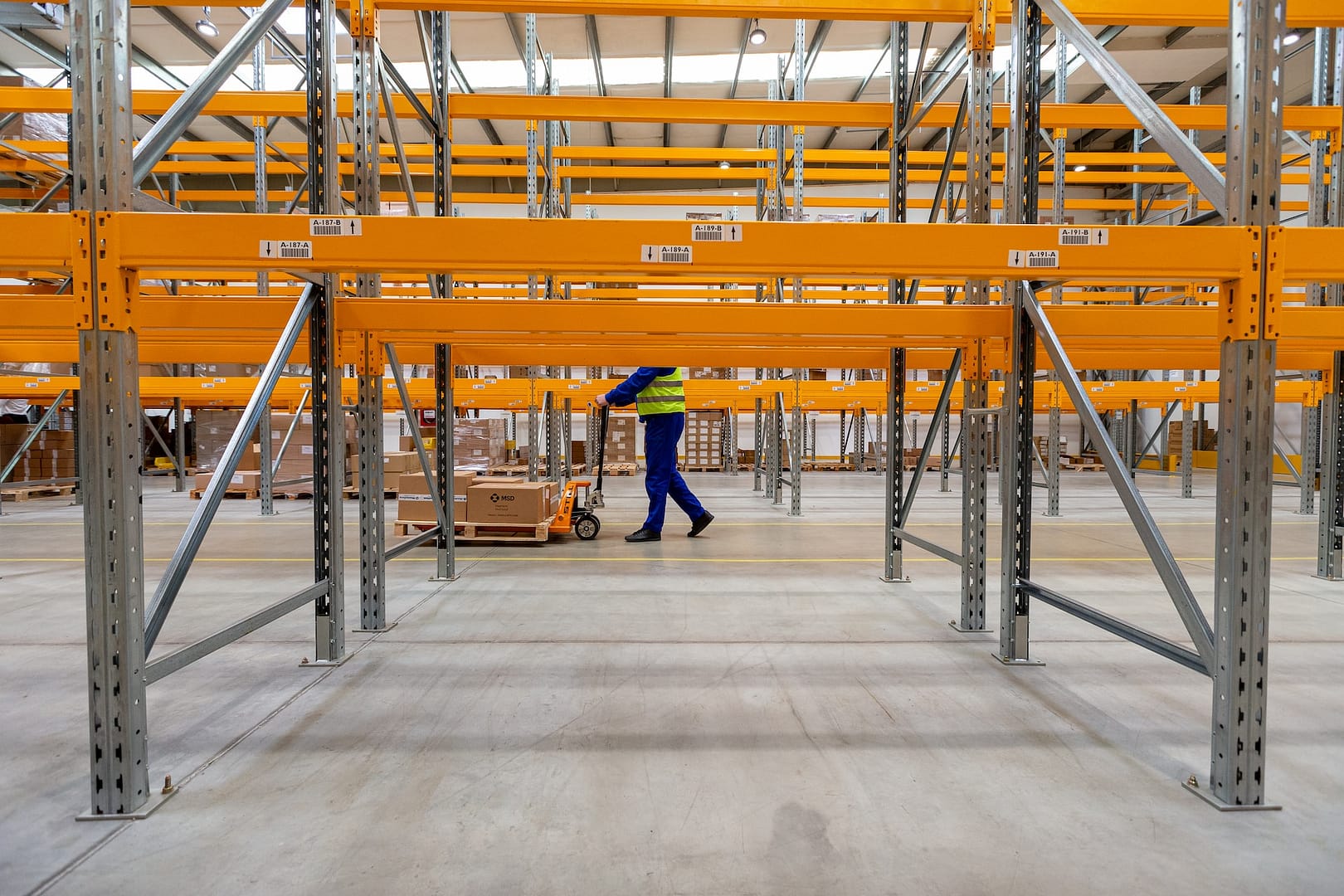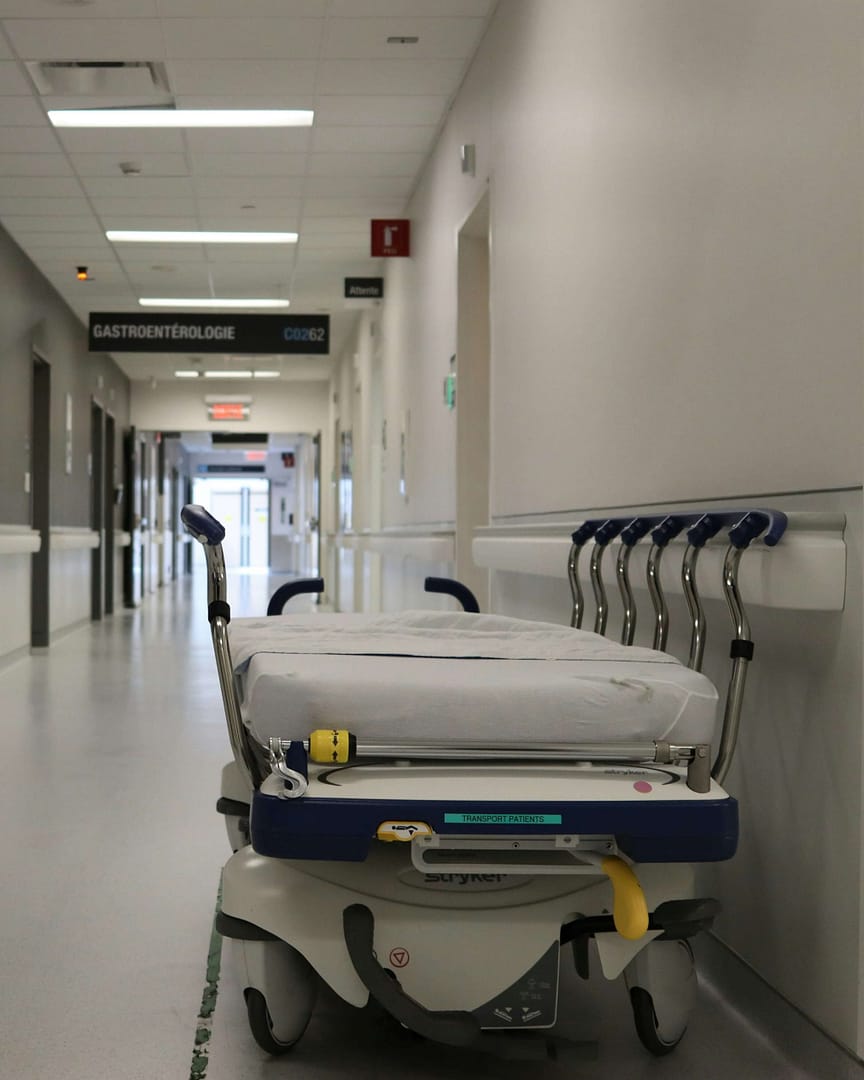Warehouses are bustling hubs of activity, with goods moving in and out at a rapid pace. The safety of workers and the integrity of the goods are of paramount importance in this environment. However, warehouse accidents are more common than we might think. In this article, we will delve into the most frequent types of warehouse accidents and explore practical strategies to prevent them.
The Oft-Encountered Dangers
Slips, Trips, and Falls
It’s no surprise that slips, trips, and falls top the list of common warehouse accidents. These accidents can occur for various reasons. For instance, spilled liquids, cluttered walkways, or damaged flooring can turn a seemingly benign stroll into a hazardous journey. In a bustling warehouse, a simple slip can result in severe injuries.
Forklift Incidents
Forklifts are workhorses in warehouses, but they can also be formidable hazards. Accidents involving forklifts are more frequent than we’d like to admit. They often occur due to inadequate training, speeding, or careless manoeuvring.
Falling Objects
Warehouses are typically stacked high with products and materials. The threat of items tumbling from shelves is a constant concern. These falling objects can be heavy, posing a grave risk to workers below.
Inadequate Ventilation
Poor ventilation can lead to a range of health issues among warehouse workers, including respiratory problems. Accumulation of fumes, dust, and other pollutants can create an unhealthy environment that can compromise employees’ well-being.
Fire Hazards
Warehouses often store goods and materials that are highly flammable. A single spark can lead to a catastrophic fire. Fire accidents in warehouses can result in not only property damage but also loss of life.
Preventing Warehouse Accidents
Now that we’ve identified these common types of warehouse accidents, let’s discuss the preventive measures that can be put in place to ensure a safer working environment.
Slips, Trips, and Falls
Regular Maintenance: Ensure that the warehouse floor is regularly inspected for any signs of wear and tear, and promptly repair any damaged areas.
Adequate Lighting: Proper illumination in all areas of the warehouse can help employees identify potential hazards.
Clear Walkways: Keep walkways clear of obstacles, and make use of anti-slip mats in areas prone to spills.
Footwear: Encourage workers to wear appropriate, slip-resistant footwear to reduce the risk of
Slipping.
Forklift Incidents
Training: Provide thorough training to forklift operators to ensure they are well-versed in safety protocols and proper handling techniques.
Speed Limits: Enforce speed limits within the warehouse to minimise the risk of collisions.
Maintenance: Regular maintenance checks on forklifts can help identify and resolve potential issues before they lead to accidents.
Falling Objects
Proper Stacking: Train employees on the correct way to stack items securely on shelves to prevent toppling.
Safety Barriers: Install protective barriers, such as netting or guardrails, to catch falling objects and prevent them from hitting workers below.
Regular Inspections: Periodically inspect storage units to identify and correct any unstable loads.
Inadequate Ventilation
Ventilation Systems: Install effective ventilation systems that ensure proper airflow and reduce the concentration of pollutants.
Personal Protective Equipment (PPE): Provide workers with appropriate respiratory protection when working in areas with poor air quality.
Regular Cleaning: Implement a cleaning schedule to reduce dust and pollutant build-up.
Fire Hazards
Fire Safety Training: Conduct regular fire safety training for all employees, teaching them how to use fire extinguishers and evacuate the premises in case of a fire.
Fire Suppression Systems: Install fire suppression systems such as sprinklers and fire alarms to quickly respond to fires.
Hazardous Materials: Store flammable materials in designated areas with adequate safety precautions.
The Importance of Employee Training
The key to avoiding warehouse accidents is a well-trained workforce. It’s essential that every worker, from forklift operators to the personnel stacking shelves, is aware of the potential risks and knows how to handle them. Training programs should cover safety procedures, equipment operation, and emergency response.
Ongoing Training
Remember, training isn’t a one-time event. It should be an ongoing process. Regular refresher courses and safety reminders can help reinforce good practices and maintain a culture of safety in the warehouse.
The Role of Management
Management plays a crucial role in maintaining warehouse safety. They need to lead by example, enforcing safety protocols and ensuring the well-being of employees.
Leadership by Example
Management should demonstrate their commitment to safety by adhering to all safety guidelines themselves. This sends a powerful message to the entire team.
Reporting Mechanisms
Establish clear reporting mechanisms for accidents, near-misses, and safety concerns. Workers should feel comfortable reporting hazards without fear of reprisal.
Safety Committee
Form a safety committee within the warehouse to regularly assess safety measures and make improvements where necessary. This committee should include both management and frontline employees to ensure a holistic perspective.
The Importance of Safety Equipment
Appropriate safety equipment is a vital component in preventing warehouse accidents. This includes personal protective gear such as helmets, gloves, and high-visibility vests.
Personal Protective Equipment (PPE)
Workers should be provided with the necessary PPE based on their job roles and the specific hazards they encounter. For instance, forklift operators may need helmets and safety harnesses, while employees in dusty areas may require respirators.
Safety Signage
Clear and concise safety signs throughout the warehouse can serve as constant reminders of potential hazards. For example, “Caution: Slippery Floor” signs can alert employees to take precautions.
Regular Safety Audits
Regular safety audits are essential for identifying potential risks and making necessary improvements. These audits should be conducted by internal safety committees or external experts.
Internal Audits
Internal audits are performed by the warehouse’s own safety committee or dedicated safety officers. These audits should take place at regular intervals, assessing the effectiveness of safety protocols and identifying areas that need improvement.
External Audits
External audits are conducted by independent safety experts who can provide an objective evaluation of the warehouse’s safety measures. These audits can offer valuable insights and recommendations for enhancing safety.
Making an Accident at Work Claim with National Claims
At National Claims, we understand that warehouse accidents can be distressing and, in many cases, life-altering events. When accidents happen at work, it’s crucial for employees to know their rights and explore the possibility of compensation to aid their recovery. We specialise in guiding individuals through the claims process, ensuring that they receive the support and compensation they deserve.
Your Rights as an Injured Worker
The first step in making an accident at work claim is understanding your rights. In the UK, employees have legal protections that entitle them to compensation if they are injured due to their workplace’s negligence. This includes warehouse accidents caused by a lack of safety measures, inadequate training, or poor maintenance.
The Claim Process
Making a claim may seem daunting, but with National Claims, it becomes a straightforward process. Here’s how we can assist you:
Initial Consultation: Contact us for a free consultation. Our experienced team will assess the details of your accident and advise you on the strength of your claim.
Gathering Evidence: We will help you collect all the necessary evidence, including medical records, witness statements, and any documentation related to the accident.
Negotiations: National Claims will represent your interests during negotiations with your employer’s insurance company. We aim to secure the maximum compensation you are entitled to.

Conclusion
Warehouse accidents are unfortunate but common occurrences that pose significant risks to workers. However, with a proactive approach to safety, comprehensive training, and proper safety equipment, many of these accidents can be prevented. Furthermore, the support of organisations like National Claims can help workers secure the compensation they deserve if an accident does occur.
Remember that accidents in the workplace are not just statistics; they are real-life events that can have profound effects on individuals and their families. Prioritising safety in warehouses is an investment in the well-being of employees and the overall success of the business.
In conclusion, by being aware of the most common types of warehouse accidents and taking the necessary steps to prevent them, we can create safer, more secure working environments. Warehouse safety isn’t just a matter of compliance; it’s about protecting people and ensuring the continued success of warehouse operations. Together, we can make warehouses safer places for everyone.
Start your claim with us today and speak to one of our claims specialists by contacting us.
Click below to see why we are one of the most trusted claims management companies in the UK.

We’re proud of our excellent customer reviews
We thrive on delivering exceptional service and ensuring our clients’ satisfaction. Don’t just take our word for it. Check out some of our independent reviews to see what our clients have to say.
Excellent

This firm is excellent, they sorted out my car pay out and injury claim very fast, they always communicate with you all the time.

My accident case was dealt with confidence and with great result of the outcome, especially James kept me informed all the time.

I was very impressed at the way my inquiry was treated. I was listened to attentively and everything I needed to know was explained to me.






